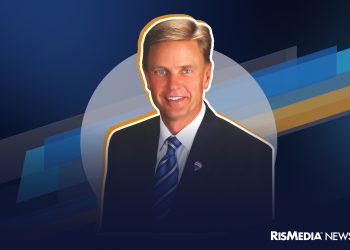RISMEDIA, September 25, 2009—(MCT)-The Federal Reserve recently maintained short-term interest rates at near zero and offered no indication of any imminent change in that policy, even as the central bank gave a more upbeat assessment of the U.S. economy.
Since its previous monetary policy meeting in mid-August 2009, “economic activity has picked up following its severe downturn,” the Fed said in a statement. Moreover, the panel noted, activity in the long-struggling housing sector has increased.
However, Chairman Ben Bernanke and his colleagues on the 12-member group said that consumer spending, while apparently stabilizing, continued to be constrained by job losses and sluggish income growth. Overall, “economic activity is likely to remain weak for a time,” with substantial slack, or unused capacity, damping cost pressures and keeping inflation subdued, the Fed said.
Against this setting, the central bank announced it was leaving the target for the federal funds rate, a benchmark for all interest rates, between zero and 0.25% for “an extended period.”
Although hardly anybody was predicting a change in policy, there has been growing discussion inside the Fed and elsewhere about when and how the central bank should step back from its expansive monetary policy and extraordinary interventions, given concerns about long-term inflation and the signs that the economy is recovering.
In a nod to such concerns, the Fed statement noted that although the central bank will continue with its previously announced plan to buy $1.25 trillion of government agency mortgage-backed securities to support the housing market, the policy-setting committee “will gradually slow the pace” of this and some other purchases.
Last month, policymakers announced plans to wind down their program of buying $300 billion of Treasury securities, another emergency measure that the Fed undertook to drive down long-term interest rates and prop up the economy.
(c) 2009, Tribune Co.
Distributed by McClatchy-Tribune Information Services.










